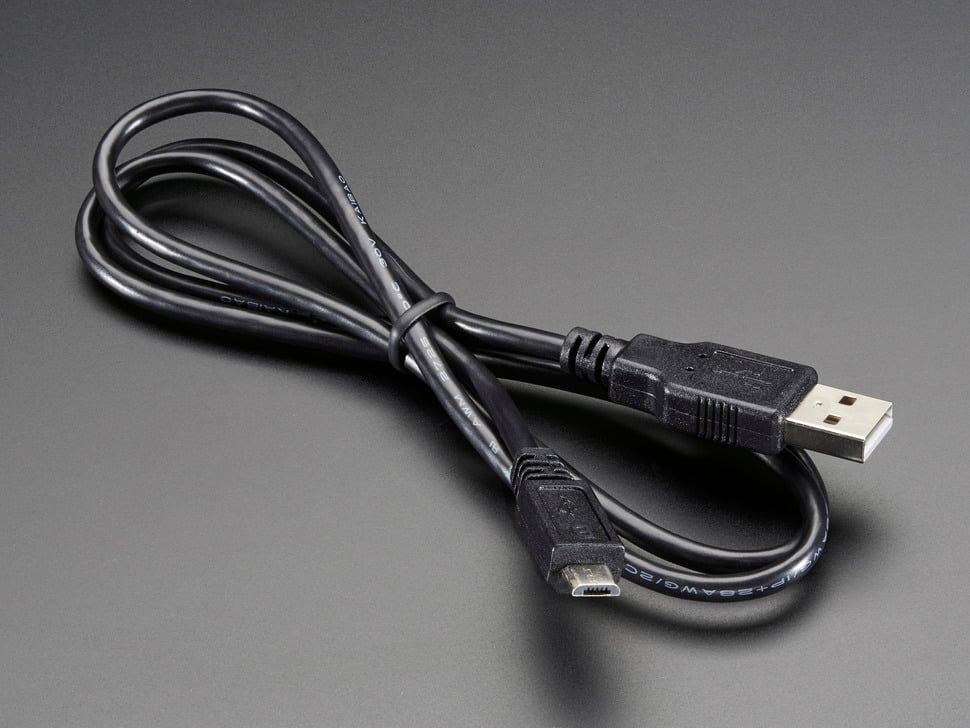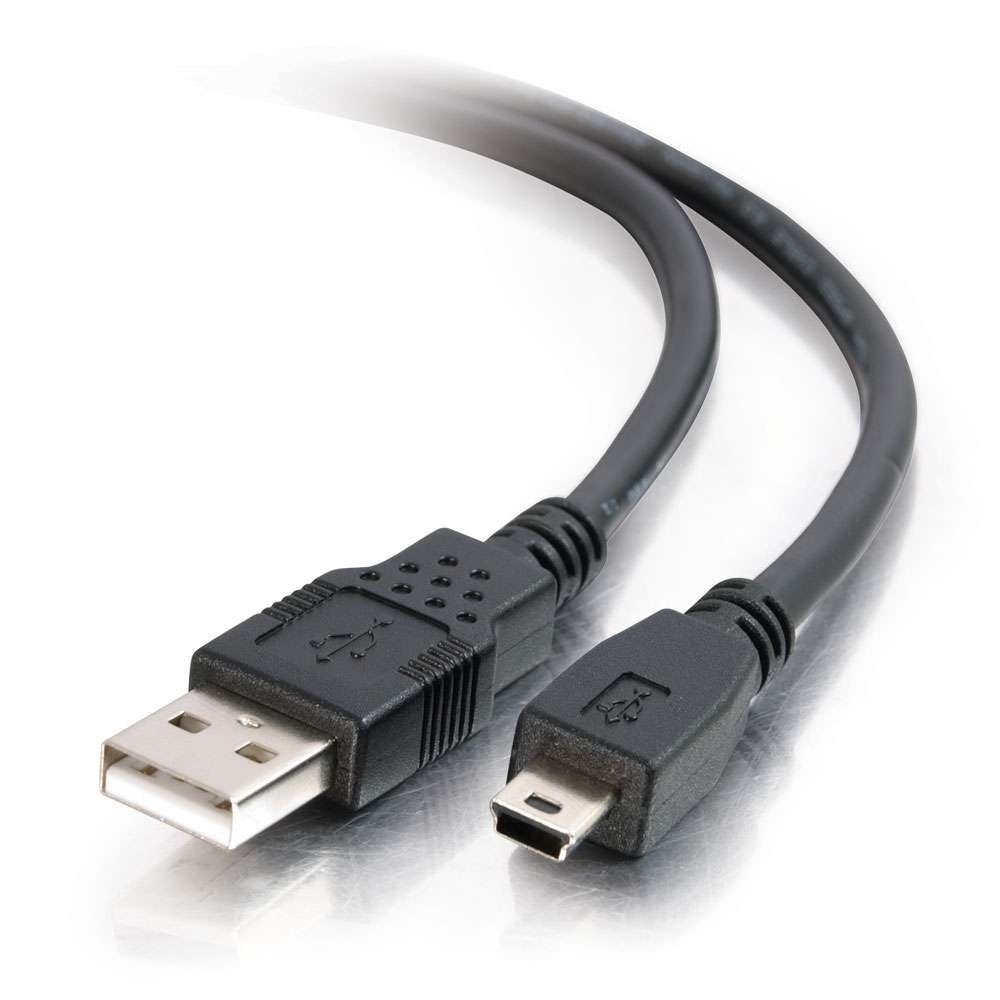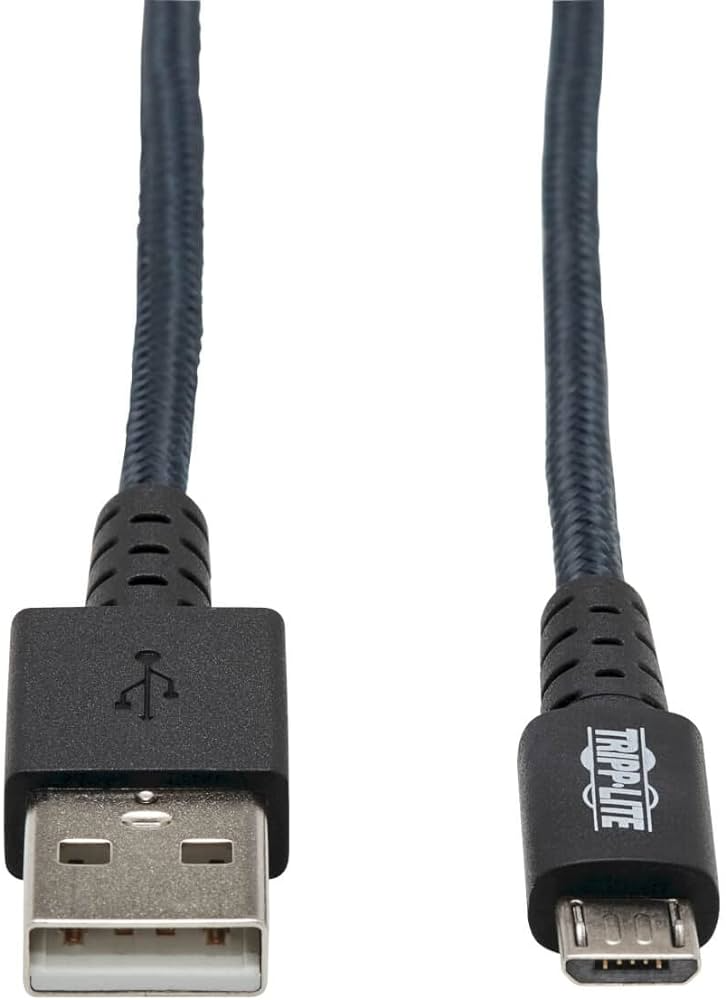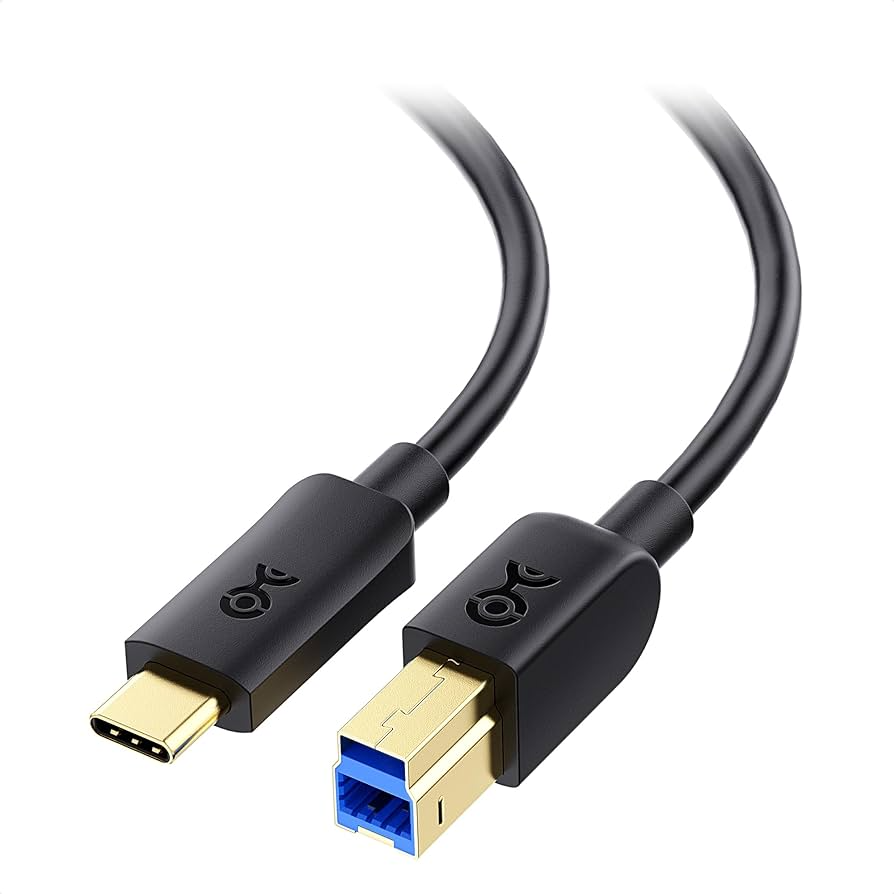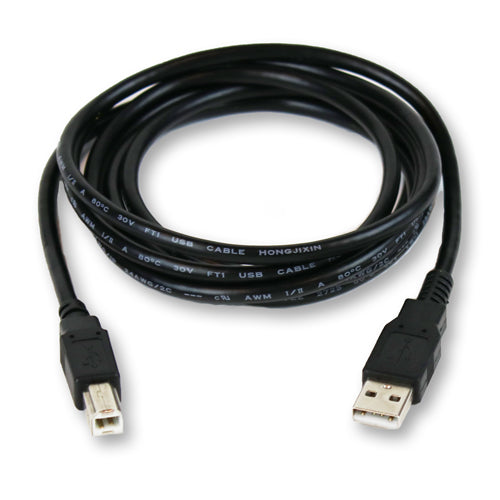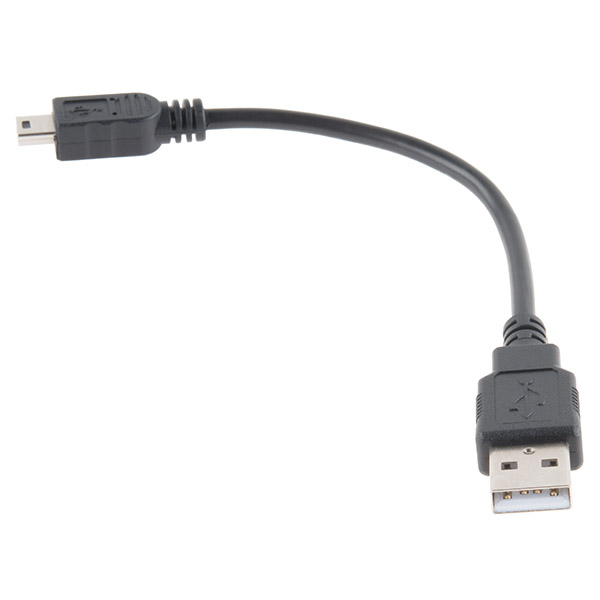Universal Serial Bus (USB) technology has transformed how we connect devices to computers and other systems. One popular and often-utilized subset of this technology is the USB Type B connector. Although the world is now more accustomed to USB Type A and Type C connectors, USB Type B remains prevalent in various applications. These include printers, scanners, and external hard drives. This article delves deep into the specifics of USB Type B connectors, exploring their history, design, uses, and their role in modern technology.
The History of USB Type B
The Genesis of USB Technology
USB technology originated in the mid-1990s. It aimed to standardize and simplify the connections between computers and peripherals. Before USB, connecting devices was often complicated. Users had to deal with various types of connectors and varying drivers. USB offered a universal solution. It provided consistent, reliable, and high-speed data transfer while offering easy plug-and-play functionality.
Introduction of USB Type B
USB Type A connectors dominated the technology landscape initially. These connectors were primarily used for host devices like computers. However, there was a need for a corresponding connector for peripheral devices. Thus, USB Type B was introduced. This square-shaped connector became standard for many peripheral devices, such as printers and scanners.
Evolution of USB Standards
Since the inception of USB technology, the USB Type B connector has evolved. The initial USB 1.1 version allowed data transfer rates up to 12 Mbps. USB 2.0 improved this, offering speeds up to 480 Mbps. The introduction of USB 3.0 revolutionized data transfer, providing speeds up to 5 Gbps. Each iteration maintained backward compatibility. This ensured that older devices could still connect with newer systems.
Design and Functionality
Physical Characteristics
USB Type B connectors have a unique, robust design. They typically feature a square-shaped plug and a corresponding port. The connector often includes slight bevels on the upper corners, helping users align the plug correctly. This design reduces wear and tear, ensuring a long lifespan for both the connector and the port.
Electrical Characteristics
USB Type B connectors comprise four primary pins. These include VBUS (power), D- (negative data), D+ (positive data), and GND (ground). In USB 3.0 versions, five additional pins enable higher data transfer rates. These additional pins ensure efficient communication, supporting faster and more reliable data transfers.
Variations of USB Type B
There are several variations of USB Type B connectors. The standard USB Type B is most common in larger peripheral devices, like printers. Mini-USB Type B and Micro-USB Type B connectors are prevalent in smaller devices. These include digital cameras and smartphones. Each version adheres to the core USB Type B principles but differs in size and shape to suit various applications.
Applications of USB Type B
Printers and Scanners
One of the most common uses of USB Type B connectors is in printers and scanners. These peripherals require reliable and consistent data transfer. USB Type B ensures this, facilitating efficient communication between the computer and the device. The robustness of the connector helps in frequent plugging and unplugging, a common requirement in office settings.
External Hard Drives
Many external hard drives also utilize USB Type B connectors. The high data transfer rates possible with USB 3.0 make these suitable for such applications. They allow for quick backup and retrieval of large amounts of data. The durability of USB Type B connectors ensures reliable performance over extended periods.
Professional Audio Equipment
USB Type B connectors are prevalent in professional audio equipment. This includes audio interfaces and MIDI controllers. Their reliable data transmission capabilities make them ideal for such applications. Consistent performance is crucial in ensuring high-quality audio output. The connector’s design also aids in reducing signal interference, ensuring clear and accurate sound reproduction.
USB Type B in Modern Technology
Role in Legacy Systems
Despite the advent of newer USB types, USB Type B remains relevant. Many legacy systems and devices still rely on this connection type. Users with older printers, scanners, and audio equipment find USB Type B indispensable. Maintaining compatibility with these connectors ensures users can still utilize their older devices effectively.
Integration with Modern Devices
Some modern devices continue to incorporate USB Type B connectors. While USB Type C is becoming the standard, USB Type B is still used in specific applications. For instance, certain professional and industrial equipment relies on the robust design of USB Type B. Its continued use ensures compatibility with a wide range of existing devices.
USB Type B to USB Type C Adapters
With the increased use of USB Type C, adapters have become essential. USB Type B to USB Type C adapters bridge the gap between old and new technology. These adapters ensure users can connect their legacy devices equipped with USB Type B ports to newer USB Type C ports. This compatibility makes transitions to newer technology seamless.
The Future of USB Type B
Continued Relevance
USB Type B connectors continue to maintain relevance in specific sectors. Their robust design and reliable performance ensure they remain valuable. Industries requiring consistent and durable connections will likely continue using USB Type B connectors. Even as technology evolves, the core principles of USB Type B’s design keep it significant in various applications.
Potential Phasing Out
However, a gradual phasing out of USB Type B may occur. USB Type C offers faster data transfer speeds, reversible connections, and enhanced power delivery. These advantages make USB Type C more appealing for many applications. As newer devices adopt USB Type C, reliance on USB Type B might decrease. Nonetheless, the legacy importance of USB Type B ensures it won’t disappear overnight.
Role in Specialized Applications
USB Type B may retain a role in specialized applications. Certain industrial and professional settings benefit from its sturdy design. Devices requiring high durability and reliable connections may continue using USB Type B. Its established presence in specific sectors ensures it remains integral for particular applications despite broader shifts in technology.
Conclusion: The Enduring Impact of USB Type B
USB Type B connectors have made a significant impact on how we interact with various devices. From printers to professional audio equipment, these connectors have proven their worth. Their robust design, reliability, and versatility have ensured their place in both legacy and modern systems. While newer USB standards, such as USB Type C, gain prevalence, USB Type B continues to hold value in specific applications. Understanding the history, design, and applications of USB Type B connectors underscores their lasting influence. Their continued relevance in various sectors highlights their enduring significance in the ever-evolving world of technology. As we move forward, the lessons and reliability provided by USB Type B connectors will remain invaluable, representing a noteworthy chapter in the story of USB technology.
